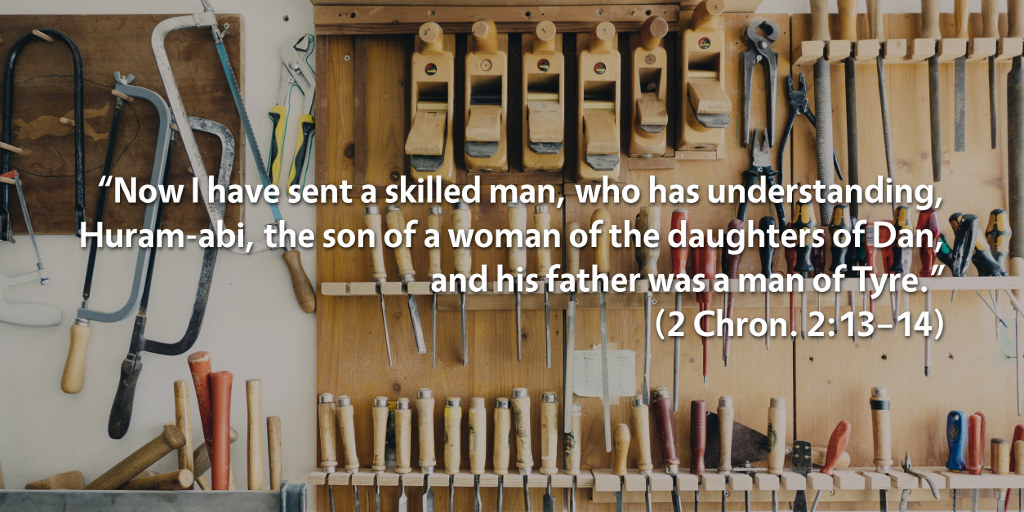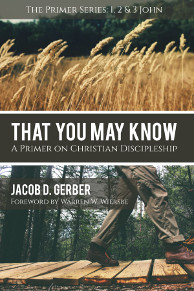Bible Readings for December 3rd
2 Chronicles 2 | 1 John 2 | Nahum 1 | Luke 17
Although the narratives of Solomon in the books of Chronicles undercut any idea that Solomon represents the pinnacle of Yahweh’s kingdom on earth, we still read that Solomon does important work in building the temple. Solomon’s reign was certainly important, but everything about him anticipates the coming of Someone greater—and the story from 2 Chronicles 2 points forward to that person in a significant way.
In 2 Chronicles 2:7, Solomon asks King Hiram to send him “a man skilled to work in gold, silver, bronze, and iron, and in purple, crimson, and blue fabrics, trained also in engraving, to be with the skilled workers who are with me in Judah and Jerusalem, whom David my father provided” (cf. 1 Kgs. 7:13–14). The skilled craftsman whom Hiram sends is named Huram-abi (2 Chron. 2:13). Huram-abi here becomes the equivalent of Bezalel and Oholiab, the two skilled craftsmen filled with the Spirit of Yahweh and with the skill and knowledge to do all the construction of the tabernacle during the days of Moses (Ex. 35:30–39:43).
But we should not overlook a crucial detail about Huram-abi: he is a man born to an Israelite mother and a father from Tyre—that is, a Gentile father (2 Chron. 2:14). Think about that for a moment—a half-Gentile is the chief craftsman who builds Solomon’s temple! This information is incredibly important in the overarching storyline of the Bible, since the fact that the chief craftsman of Solomon’s temple was a descendant of both an Israelite and a Gentile foreshadows the way in which Jews and Gentiles would one day together build the temple of Jesus Christ.
In Ephesians 2, Paul explains that Jesus Christ tore down the dividing wall of hostility (a barrier to keep Gentiles farther away from the temple than Jews were allowed to be) between1 Jews and Gentiles, reconciling us together to create one new man in place of the two (Eph. 2:11–16). And through this reconciliation, Paul continues, Jesus Christ has begun to use Jews and Gentiles together as the materials out of which he is building a temple in which the Holy Spirit dwells (Eph. 2:17–22). Just as Solomon’s temple was built through the offspring of a marital union of a Jew and a Gentile, so also the temple of Jesus is being built with Jews and Gentiles who have been reconciled through the cross. For Christians, therefore, racial reconciliation is not a second-tier goal. Jesus Christ died in order to put away racial hostility among his people, making peace by the blood of the cross so that representatives from every tribe, language, people, and nation might be unified in the church.
In what ways are you pursuing reconciliation and unity with fellow blood-bought children of God who are different from you?
1 Frank Thielman, Ephesians, BECNT (Grand Rapids, MI: Baker Academic, 2010), 161–86. For more information, see also the meditation for March 16.
Podcast: Play in new window | Download (4.7MB) | Embed
Subscribe: Apple Podcasts | RSS | More

Scripture quotations are from The Holy Bible, English Standard Version copyright © 2001 by Crossway Bibles, a division of Good News Publishers. Used by permission. All rights reserved.


